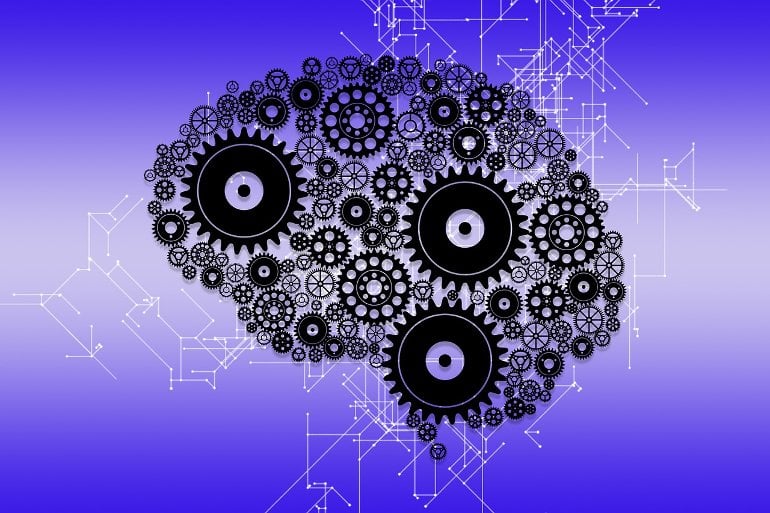– Neurology research can include information involving brain research, neurological disorders, medicine, brain cancer, peripheral nervous systems, central nervous systems, nerve damage, brain tumors, seizures, neurosurgery, electrophysiology, BMI, brain injuries, paralysis and spinal cord treatments.
Summary: A gene associated with autism overstimulates brain cells far greater in neurons without the mutation.
Scientists looking to understand the fundamental brain mechanisms of autism spectrum disorder have found that a gene mutation known to be associated with the disorder causes an overstimulation of brain cells far greater than that seen in neuronal cells without the mutation.
The Rutgers-led study, spanning seven years, employed some of the most advanced approaches available in the scientific toolbox, including growing human brain cells from stem cells and transplanting them into mouse brains.
Describing the study in the journal, Molecular Psychiatry, researchers reported a mutation – R451C in the gene Neurologin-3, known to cause autism in humans – was found to provoke a higher level of communication among a network of transplanted human brain cells in mouse brains.
This overexcitation, quantified in experiments by the scientists, manifests itself as a burst of electrical activity more than double the level seen in brain cells without the mutation.
“This gain-of-function in those specific cells, revealed by our study, causes an imbalance among the brain’s neuronal network, disrupting the normal information flow.”.
“Using human neurons generated from human stem cells as a model system, we wanted to understand how and why a specific mutation causes autism in humans.”.
Researchers employed CRISPR technology to alter the human stem cells’ genetic material to create a line of cells containing the mutation they wanted to study, and then derived human neuron cells carrying this mutation.
In the study, the human neuron cells that were generated, half with the mutation, half without, were then implanted in the brains of mice.
From there, researchers measured and compared the electrical activity of specific neurons employing electrophysiology, a branch of physiology that studies the electrical properties of biological cells.
“Our findings suggest that the NLGN3 R451C mutation dramatically impacts excitatory synaptic transmission in human neurons, thereby triggering changes in overall network properties that may be related to mental disorders,” Pang said.
“This study highlights the potential of using human neurons as a model system to study mental disorders and develop novel therapeutics,” he said.
“Analyses of the autism-associated neuroligin-3 R451C mutation in human neurons reveal a gain-of-function synaptic mechanism” by Zhiping Pang et al.
Analyses of the autism-associated neuroligin-3 R451C mutation in human neurons reveal a gain-of-function synaptic mechanism.
